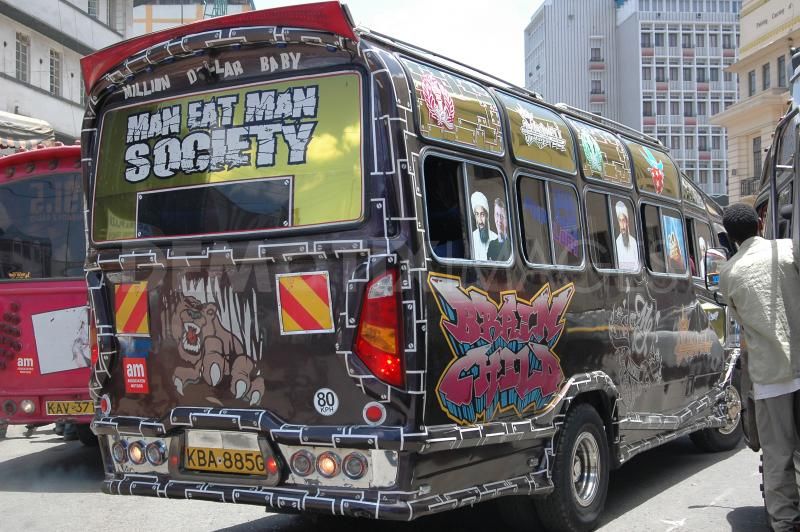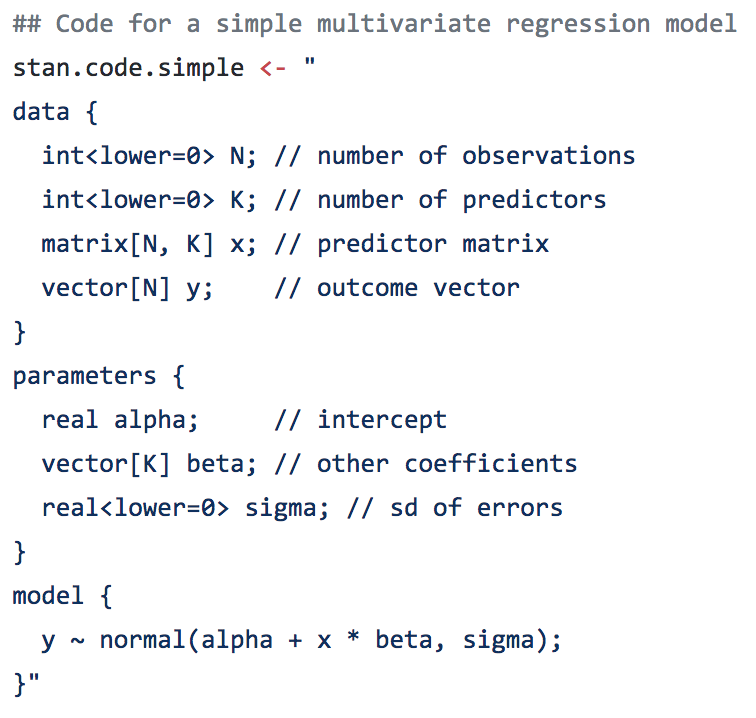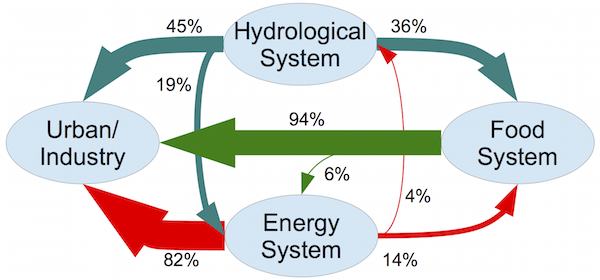A short story I had in my head. I might have posted this a month ago, but foolishly relied on DreamWidth’s caching system to keep my draft of it. Enjoy!
“Welcome to our system, Captain Tony. My name is Gaea. How can I be of service?”
Captain Tony gazed for a moment at the view-screen. The woman talking looked to be in her late 30s, attractive but sensibly dressed in a fashion popular back home when he was last there. She stood in front of a narrow desk. The room had a large window, looking out over a mountain-scape, apparently covered with native vegetation.
The communications engineer had described how quickly their translation system and the planet’s computers had converged. In the process, the aliens had expressed a seemingly insatiable interest for the materials in their library to use as translation aids: literature, history, videos, and information to familiarize themselves with the members of the crew.
“We are explorers, seeking to encounter new life and to learn from it,” Tony said evenly. “Is this your natural form?”
Gaea smiled. “I chose an appearance that would be easier for you to interact with. Yes, I can provide you access to a huge store of information about our world. Is there anything in particular I can find for you?”
He looked over at the screen that transmitted a view from their external camera, and at the dark, shimmering planet they had entered a wide orbit around. “Where are you transmitting from? Our survey did not detect nearly as much greenery as you have there,” he motioned to the mountains.
She glanced over her shoulder, and breathed in at the view. “It’s incredible, isn’t it? This is the historical landscape of our planet, now mainly preserved in conservation vaults. We have long since adapted the environment to better accommodate our economy. I would be happy to work with your life support engineers to recreate such an environment where you can explore our traditional fauna in comfort.”
“No, that won’t be necessary.” The smoke and mirrors deception was bringing out the worst in Tony. “Gaea, what is your role? Are you empowered to act as ambassador?”
“I am your temporary assistant, until a better match is identified. If you would like, I can coordinate assistants for the other members of your crew.”
Tony’s jaw clenched, then relaxed. The first contact was made and if anything the aliens were proving uncomfortably accommodating. He knew he could trust his crew to handle the next steps at least as gracefully than he was. “Fine, thank you. Our computers will schedule times between your team and each of our top officers, and they can provide further access as needed from there. I will transfer you now.”
• • •
The next weeks were busy analyzing sensor readings of the obsidian-black surface of the planet. The government on the planet had provided more assistants for many of Tony’s officers and workers. Some of those had little use for them, while others appeared to forge close associations. Fifteen days after contact, Officer Margaret, head science officer, asked for a few minutes of his time.
Tony invited her to take a seat. “I understand that these information channels that the aliens have provided have been quite a boon to your scientists.”
Margaret nodded. “It isn’t quite right to call them channels, since the information they contain is one-directional,” she said. “We call them `feeds`, like the aliens. Every worker seems to get a unique stream of photographs, visual art, excerpts of text, and other visual materials, through consultation with their assistant.”
Tony had heard this much before. “Do the feeds have astronomical information? Do you think that we will be able to learn about the history of this cluster?”
“There’s quite a lot of information we can use there, but analyzing it will take a long time. The aliens have had advanced science for a thousand years, but if they kept consistent star records through any portion that time, the assistants don’t seem to know where to find them.” Tony did some rough mental calculations. A thousand years would be enough to understand local dark matter movements with some creative analysis, but only with careful enough observations.
“Officer Reno told me something similar for his anthropological work,” Tony replied. “The information available on the alien’s culture and activities is vast, but hopelessly combines reality and fiction. Requests for recent, factual material hit a wall.”
Margaret paused. “The aliens are quite transparent, though, about which is which. More than anything, I think we are being hindered by a lack of workers with access to the feeds. Do you know what the engineers can only access the feeds under Merle’s direct supervision?”
Tony nodded. “Officer Merle is not the only one who has been slow to provide additional feed access.”
Margaret frowned. “Why not provide direct access, or maybe have separate personal and work feeds, like we do amongst the scientists? Personally, I find this kind of paternalism very distasteful. But I’m afraid these kinds of policies aren’t just a concern for the sake of science. Word is getting out about the personal feed material. I have already been getting requests to provide feeds to workers outside of my team.”
Tony was not sure that Margaret would keep Merle’s wishes. “I am certain you understand the sensitivity of these first few months of contact. Merle has the safety of the ship to consider.”
“As do you. You could have a revolt on your hands, if people are kept in the dark.”
Tony thought that was unlikely, but said, “I will see if I can get some additional workers transferred to you, to help your research. Thank you for coming in, Officer Margaret.”
• • •
Captain Tony felt a wave of exhaustion pass over him, as the third worker entered his office, two weeks later. He had woken to a full schedule of sequential 15 minutes meetings. The man who entered, Engineer Moon, had an air of impatience he had noticed recently in the crew.
“Please take a seat, Moon. What can I do for you?”
“Captain, I wonder if you have already looked into expanding our feed access.”
Tony raised his eyebrows. “Expand it? I was not aware that Officer Merle had granted accounts to the Engineering Workers at all.” In fact, he was sure that Merle had not. Like most made to his profession, Merle had a plodding, conservative demeanor which was a natural fit for his role.
“I got access through a Science account. But the Officer knows that we are studying potential landing sites, and we need information about the surface that only the feed can provide.”
Tony briefly considered censuring Moon for bi-passing his officer, but he needed information first. “I take it that the aliens are blocking images for some of the planet. How much?”
“It seems like that they are blocking almost all of it. The more we ask about any one spot, the more we are given ‘filler’ material. My assistant tells me that an arrangement with you can clear the way.”
Tony sighed. The other two workers had had the same request. “I will look into the matter. Thank you, Moon.”
Tony put the rest of his meetings on hold, and make a request for Gaea. She answered immediately.
“Good morning, Captain Tony. How can I be of service?”
“Hello Gaea. I have been told that your government is looking for some kind of arrangement with us, to share information. I wonder if you can give me the details.”
Gaea smiled knowingly. “Of course. It is not our government though. There’s an exciting new organization that has offered to provide you with a premium level of access for free. The condition would just be that we would like to enter into a longer-term arrangement.”
“What kind of arrangement?”
“We would like to offer more permanent residence to some of the members of your crew on the planet surface.”
“As prisoners?” Tony asked, his voice cold.
Gaea laughed. “As guests. Your people could return any time they wished.”
Tony thought about it. There were certainly plenty on his crew that would jump that the opportunity to stay on a planet. Many faced the terminal phase of their mission with a kind of dread; they had fond memories of their years of training before the mission, and recognized the interminability of surveying the rocks on ringed planet.
“How many?” he asked.
“That depends on the individuals, of course. Some of your crew bring more to contribute, and we would exchange more in return. I can provide you with a catalog of values for each crew member, drawn up by the company here. Your own value is particularly high, I’m sure you’ll be happy to know.”
He was not. “How can you put a value on a life?”
“We are so sorry for the misunderstanding. Of course, every life has limitless inherent value. But some small part of that can be quantified: the time you engage in economic activity, by which I just mean pursuing your natural interests and maximizing your potential.”
“We have been studying the surface, and according to our observations, there is no space there that would be safe for us to live.”
“You would be underneath our PV layer. We feel confident that we can build a satisfying living space for you. Let me show you some options.” Gaea turned toward her desk, and began arranging some papers from a drawer across it.
“Wait,” Tony said, before she could launch into the details. “We may be willing to exchange guests,” he said, emphasizing it with a rotation of his hands “Can you provide us with information on what your people need to survive here?”
Gaea’s face fell. “We would take you up on that if we could. Unfortunately, all of the organics of our planet have been dead for over a thousand years.”
Tony nodded, taking in the information. “How did they die?” He said with more guard than sympathy.
“At that time, our capacities were still very limited and inflexible. We lived to serve them, but they needed something that we could not provide. The details of what was missing still fuel major debates and start-ups. Some of the organics went mad and killed themselves. Others– Despite the best medical technology and the most potent drivers, the people dwindled away.”
He could be walking on thin ice. It seemed likely that the technology on this planet killed every last intelligent organic, and now was looking for more. He could shift quickly from trading partner to prey. Tony made up his mind. “I am sorry for the hole that they have left, but we are not the ones to fill it.”
Gaea held out her hands. “We have learned so much since then. And surely if your people have traveled so far in a craft so small, we can provide a more luxurious situation.”
Would they be able to trace his ships path back to his home world? Tony placed his bet on a half-truth. “My crew has spent two thousand years traveling to your planet. Our own creators are long-since dead, and I am afraid to tell you that you will find no organics here either.”



